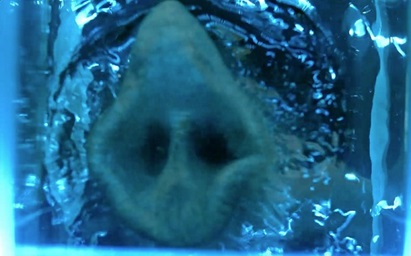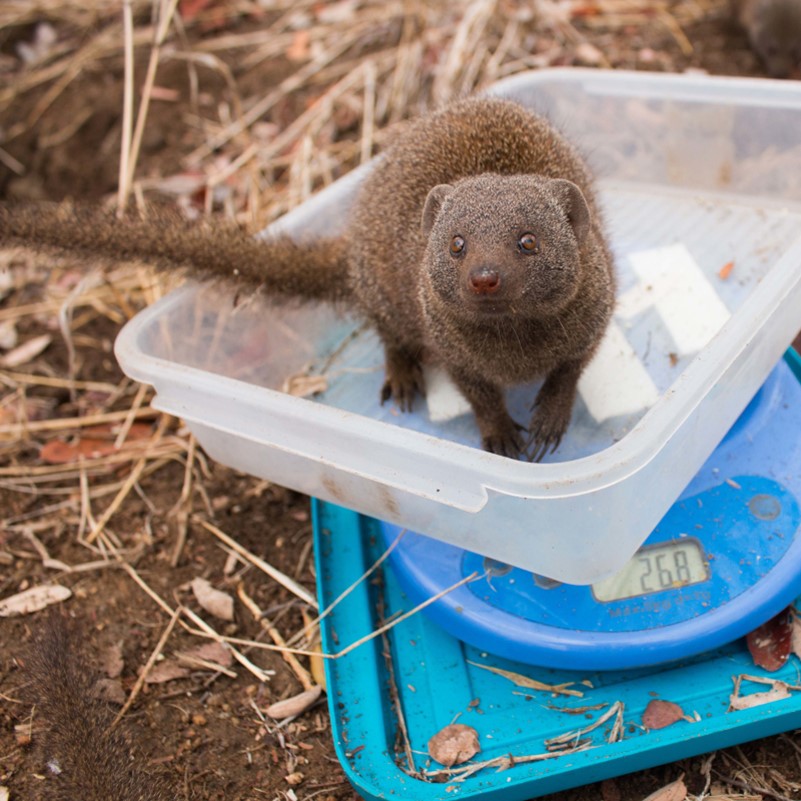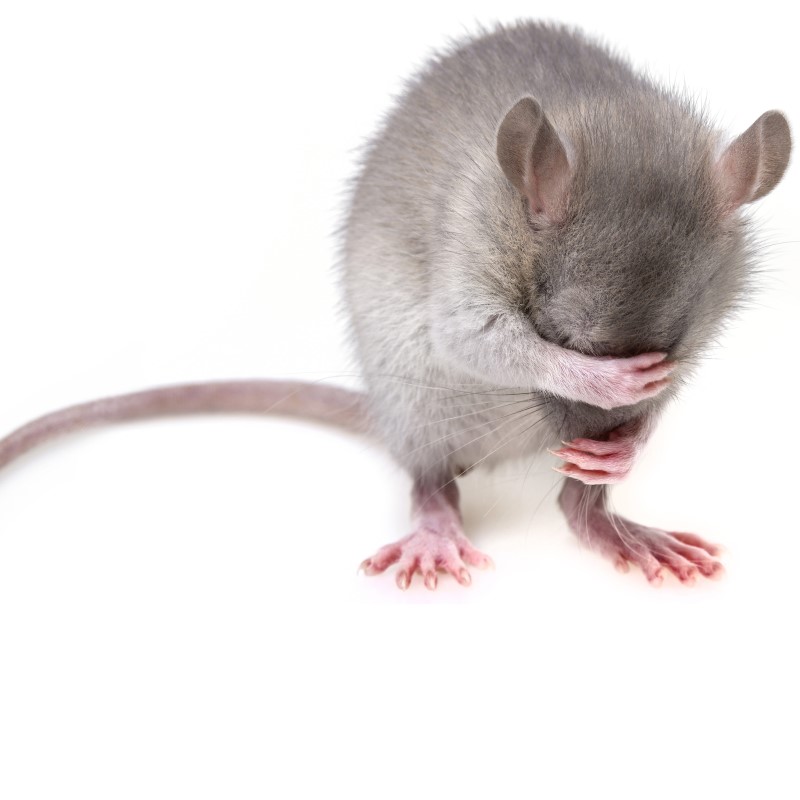Elephants can use underwater and above water suction to assist with grabbing and object manipulation. A new Journal of the Royal Society Interface paper investigates the mechanics and physics behind this phenomenon.

Journal of the Royal Society Interface has recently published a paper examining how elephants use suction to grab and manipulate objects. We spoke to Professor David Hu and Andrew Schulz about their work, its implications for robotics and their experience working with elephants.
1. Can you briefly tell us about your study and its findings?
Elephants are often described as gentle giants, but just how gentle are their massive 100 kg trunks? In this study we investigated how elephants grasp objects using suction. Archer fish are another member of the animal kingdom that uses fluid manipulation. They are unique because they use underwater jets for above ground applications. Elephants are even more specialised and can use both underwater and above water suction to assist with grabbing and object manipulation.
Darwin was the first researcher to observe that elephants use air and water as tools, but until now there has been little research into the physics of this phenomenon among elephants. Using their purely muscular trunks the elephants dilate their nasal passageway, increasing the volume of the dead space in the trunk by up to 70%. This dilation allows them to store up to 9L of water in their trunks as they suction at a rate of 3 L/s. The dilation of the nostrils increases with the density of the liquid being inhaled. When drinking water elephants increase their nostril radius by 40% and it can increase by up to 60% when inhaling more dense water with food intermixed. When using suction as a tool, we estimated that elephants can inhale at speeds of 150 m/s, which is nearly 30 times the speed of a human sneeze. With nostrils that increase in size from the base to the tip this expansion of volume along with rapid flow allows elephants to pick up tortilla chips without breaking it. This allows elephants to pick up objects that are several centimeters away as they have the nostrils that are twice the size of human nostrils, allowing for increased surface area of exposure.

Image credits: Andrew Schulz & Jia Ning Wu – Georgia Tech
2. What are the implications of your work for soft robotics?
Elephant trunks are composed entirely of muscles - they do not contain any bones or joints. Early anatomy estimations predicted they have thousands of muscles inside their trunk. By investigating the mechanics and physics behind the movement made by these muscles we can apply the physical mechanisms, such as combinations of suction and grasping to find new ways for suction to assist with grabbing and apply that to soft robotics.
3. What was your experience working with an elephant?
Elephants are incredible creatures. Unfortunately, this year they have been classified as endangered in the wild due to poaching, habitat loss, and human-wildlife conflict. Working with elephants has been a dream of mine since I first met elephants during a trip with my mum when I was 13 years old. Elephants can be very difficult to work with and we took great care when testing our hypothesis to think of the welfare of the elephant first. The entire Zoo Atlanta team of researchers and elephant managers contributed to the success of our research and now we can work on new types of training and enrichment programs with the elephants that will allow us to view the internal and external locomotion of their trunks during different tasks. Their trunks make them a unique species to study and by learning more about them we can learn how to conserve them in the wild.
4. What was your experience of publishing in J. R. Soc. Interface?
Overall, we had a great experience publishing with J. R. Soc. Interface. Reviewers sent clear and respectful constructive criticism that helped focus the publication on the important science reported. Communication between the editor and our team was fast, and comments and questions were addressed in a prompt and respectful manner, and they were flexible in granting authors more time when necessary.
5. How can your research be extended in the future?
Elephant trunks are the least studied of the common muscular hydrostats, a classification that includes mammalian tongues and octopi arms. They are much larger, and their behavior and biomechanics are just now being explored in studies like this. By studying endangered species, we can learn more about them and give other researchers the foundation to better understand their lives.

Image credit: Andrew Schulz, Jia Ning Wu, Zoo Atlanta
For more innovative research and to find out how to submit your work for publication, check out Journal of the Royal Society Interface.
Images:
1. Lynn Von Hagen - https://lvonhagen.wixsite.com/website
2. Andrew Schulz & Jia Ning Wu – Georgia Tech
3. Andrew Schulz, Jia Ning Wu, Zoo Atlanta





